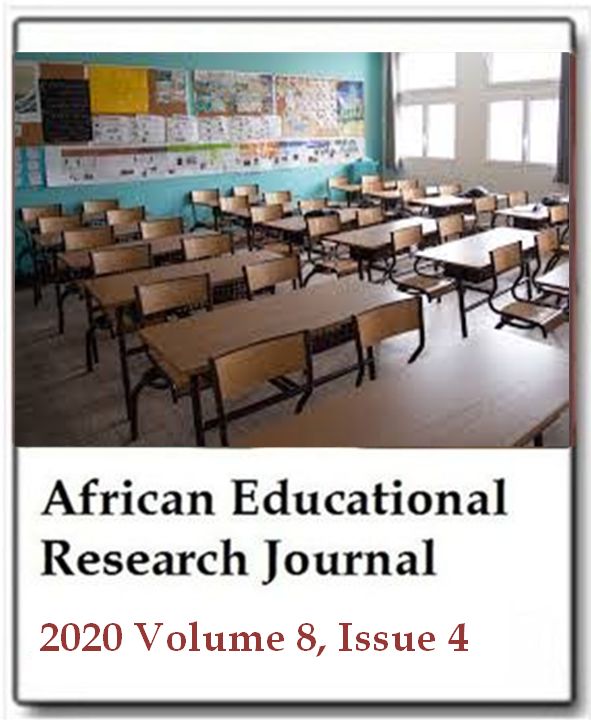Positive perception and psychological vulnerability levels of academicians during Covid 19 quarantine period
Veysel Temel, Kazim Nas and Mehmet DalkilicAfrican Educational Research Journal
Published: December 3 2020
Volume 8, Issue 4
Pages 876-883
DOI: https://doi.org/10.30918/AERJ.84.20.201
Abstract
Positive perception positively increases the value of the person, self-confidence and perspective towards time (Icerson and Pines, 2013). The current study aims to determine the relationship between the positive perception and psychological vulnerability levels of academicians who worked in Sports Sciences faculties and Physical Education and Sports High Schools of the universities during the Covid-19 quarantine period. The study group consisted of a total of 136 academicians, 34 women and 102 men. To determine the relationship between the positive perception and psychological vulnerability levels of the participants, “Positive Perception Scale” developed by Akın et al. (2015) and "Psychological Vulnerability Scale" developed by Sinclair and Wallston (1999) and adapted to Turkish by Akin and Eker (2011) were used. Skewness-Kurtosis normality distribution test was used to determine whether the measurements are suitable for normal distribution. Skewness-Kurtosis technique showed normal distribution in all dimensions according to the technique. In the analysis of the study data, Pearson Product Moment Correlation Analysis with descriptive statistics and MANOVA analyses scores were performed to determine the relationship between positive perception and psychological vulnerability. As a result, it is understood that academicians have over mid-level sub-dimensions of positive perception level and below mid-level psychological vulnerability levels. According to the results of the correlation analysis, it was concluded that there was a negative relationship between the psychological vulnerability and sub-dimensions of the positive perception scale.
Keywords: Positive perception, psychological vulnerability, sport.
Full Text PDFThis article is published under the terms of the Creative Commons Attribution License 4.0

